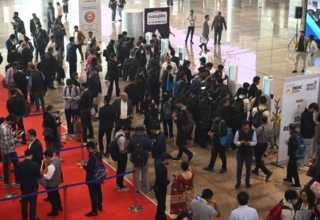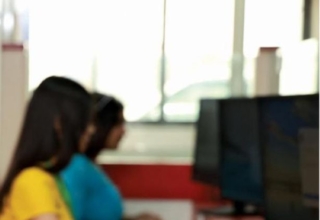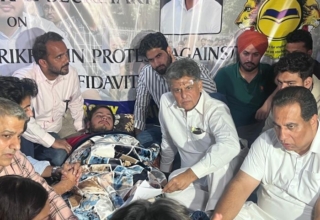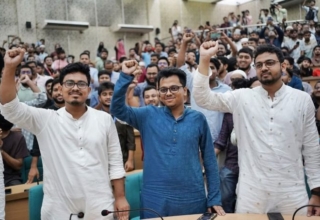
The whole of India was elated and filled with pride with son of the soil Prof Abhijit Banerjee, now an American, sharing this year’s Economic Sciences Nobel Prize with Prof Esther Duflo, his wife and colleague at MIT along with Prof Michael Kremer of Harvard University, for their experimental approach to alleviating global poverty. Banerjee and Dutto are cofounders of Abdul Latif Jameel Poverty Action Lab as well, which is working on several projects including education in India.
With this great news and spotlight on Abhijit Banerjee, we came to know that the supplementary reading material (pragati series aligned with topics of prescribed NCERT textbooks) introduced in Delhi government schools by the AAP government was his prescribed pill, so was the Congress manifesto’s much talked about NYAY scheme, which didn’t see light of the day owing to massive electrol defeat of grand old part in May 2019 elections.
While Prof Banerjee, his work, achievement and life—all remain relevant to India and can be discussed a great deal, for the time being, let’s restrict it here and talk about a micro policy intervention that is prevalent in many private schools in the country without fail.
Reputation of producing 100% results year on year is the best selling proposition for many schools and despite the diversity of learners, a majority of high end private schools, achieve this and advertise it as well. Now how that happens is something to which the system and society has shut its eyes. The first intervention is soviet union style regimentation of cramming and cracking examinations. Study, study and study for marks! Actual textbook work is a minuscule of this regimen as the supplementary study material, tutorials and other market solutions is the main course of this 12-hour routine from school to home.
Now even after this, once a child fails to crack the examination more specifically that of class X, he is quietly given a transfer certificate and not a second chance. The idea is to keep 100% record straight. Somehow parent community has been playing along because of stigma and perhaps because of some ‘contract’. In most cases, schools have informal MoUs with a set of schools, who then take them on board and this way, also get business.
These are the schools, where important international days including Children Day, various international child conventions and all big talk on child happiness, rights and so-called activities happen and here too these take credit for upholding high moral ground in holistic child development. In reality, these children are the most stressed ones, deprived of childhoods and perhaps of a natural mental conditioning as their worldview is shaped more by the regimen and expectations of schools and parents than their own choosing.
This trend perhaps started some decades ago with a famous school chain in Delhi achieving a formidable reputation through achievements of its alumni. One particular school in this chain was among the first to encourage children to go for coaching for IITJEE and the initial encouraging results weaved a story which is still spreading.
While it is a question of research whether our IIT system, which has been getting bulk of its students from such schools, is benefitting and getting the highest available student talent, it can safely assumed that a lot of gifted students, who should be in our institutions of excellence and technical universities don’t get in because the selection system is at odds with them.
Hope, some Abhijit Banerjee looks at this construct as well to help our children.









